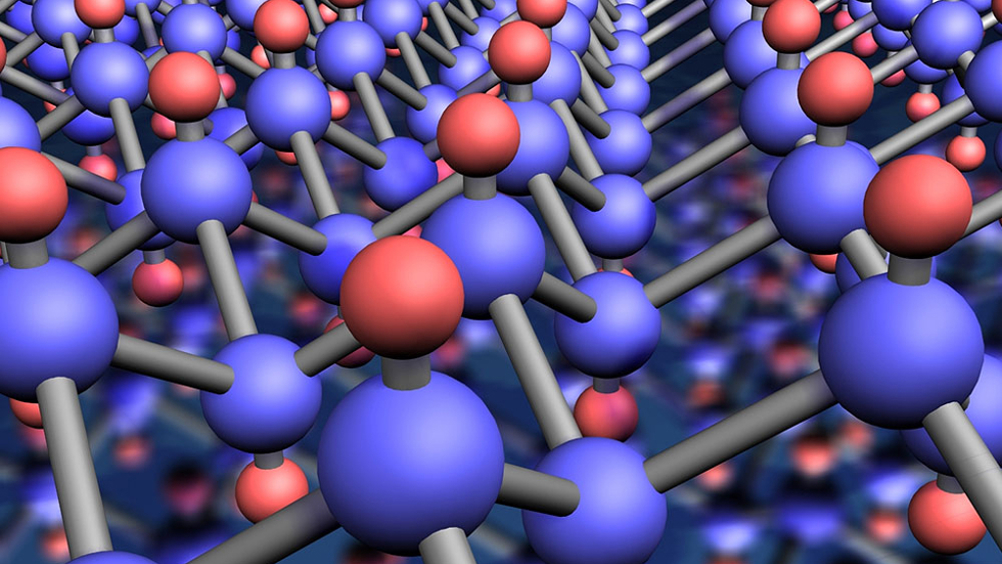Graphene added to non-liquid lubricant to reduce significant friction and wear

A new type of non-liquid lubricant containing graphene reduces friction and wear under conditions found applications including air compressors to missile systems, claim researchers in the US.
Developed by researchers at Purdue University, the new liquid-free composite is made from a slurry of graphene, zinc oxide, and the polymer polyvinylidene difluoride.
“It [graphene] has superior thermal conductivity, high strength and provides ultralow friction,” said Vilas Pol, an associate professor of chemical engineering at Purdue University.
The nanosize zinc-oxide particles allow the lubricant to stick to the metal surface, and the polymer binds the whole mixture together, said chemical engineering graduate student Arthur Dysart.
Solid lubricants are needed for numerous applications such as air compressors, equipment used in the food industry, space vehicles, gear-and-chain mechanisms, fasteners found in high-temperature environments, and missile systems.
“The fundamental causes of mechanical failure are friction and wear, so reducing these factors improves the performance and lifetime of many mechanical systems,” said Farshid Sadeghi, Purdue’s Cummins Distinguished Professor of Mechanical Engineering. “Despite recent advances, liquid lubricants cannot be used in situations of high temperature or low pressure such as a vacuum environment, so dry solid-state lubricants are a viable alternative to their liquid counterparts in extreme operating environments.”
Register now to continue reading
Thanks for visiting The Engineer. You’ve now reached your monthly limit of news stories. Register for free to unlock unlimited access to all of our news coverage, as well as premium content including opinion, in-depth features and special reports.
Benefits of registering
-
In-depth insights and coverage of key emerging trends
-
Unrestricted access to special reports throughout the year
-
Daily technology news delivered straight to your inbox










Fusion inches closer as ITER completes magnet system
I believe the purpose of ITER isn't to make usable power, it is a research project which will be used to design the first generation of actual...